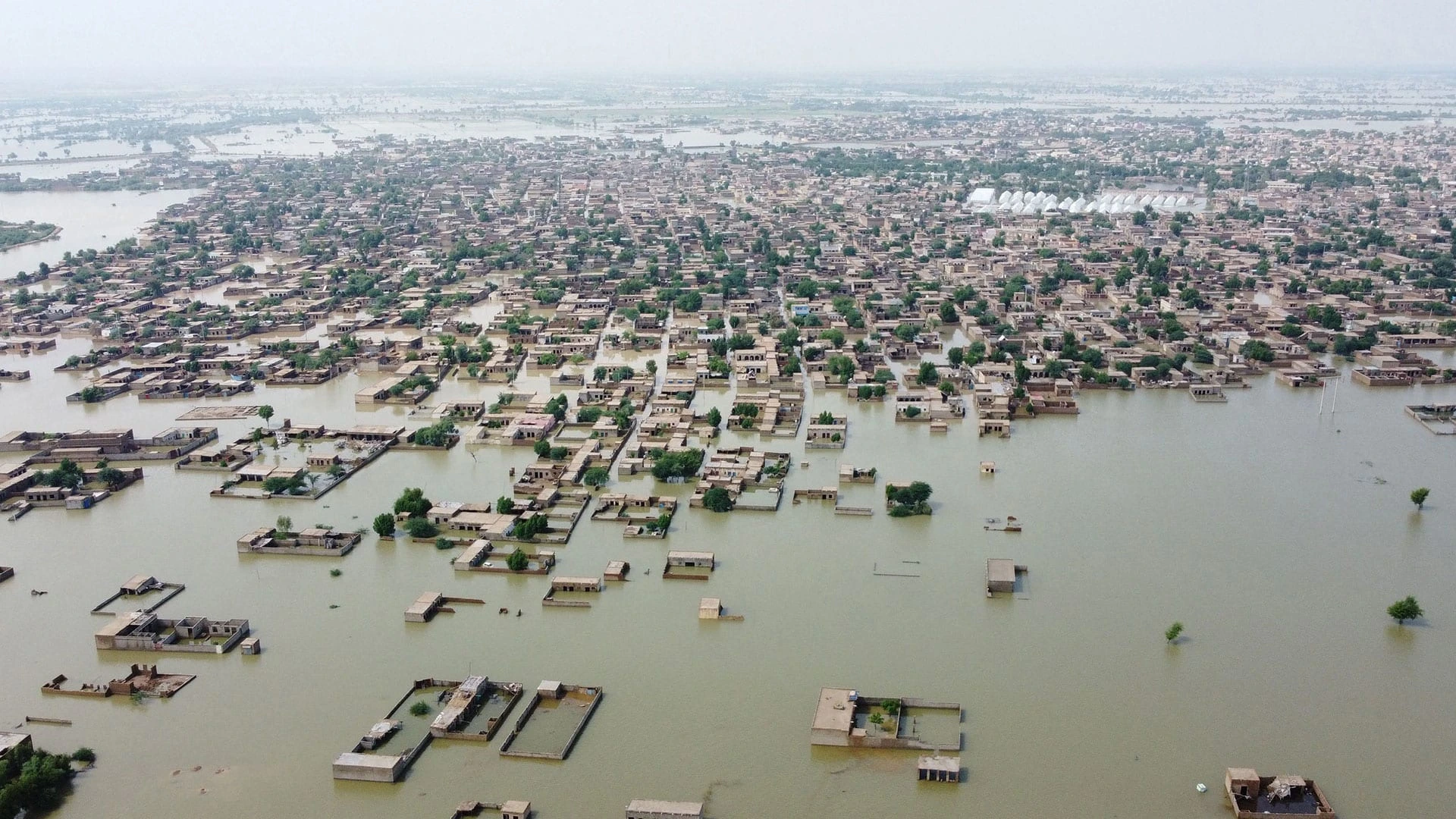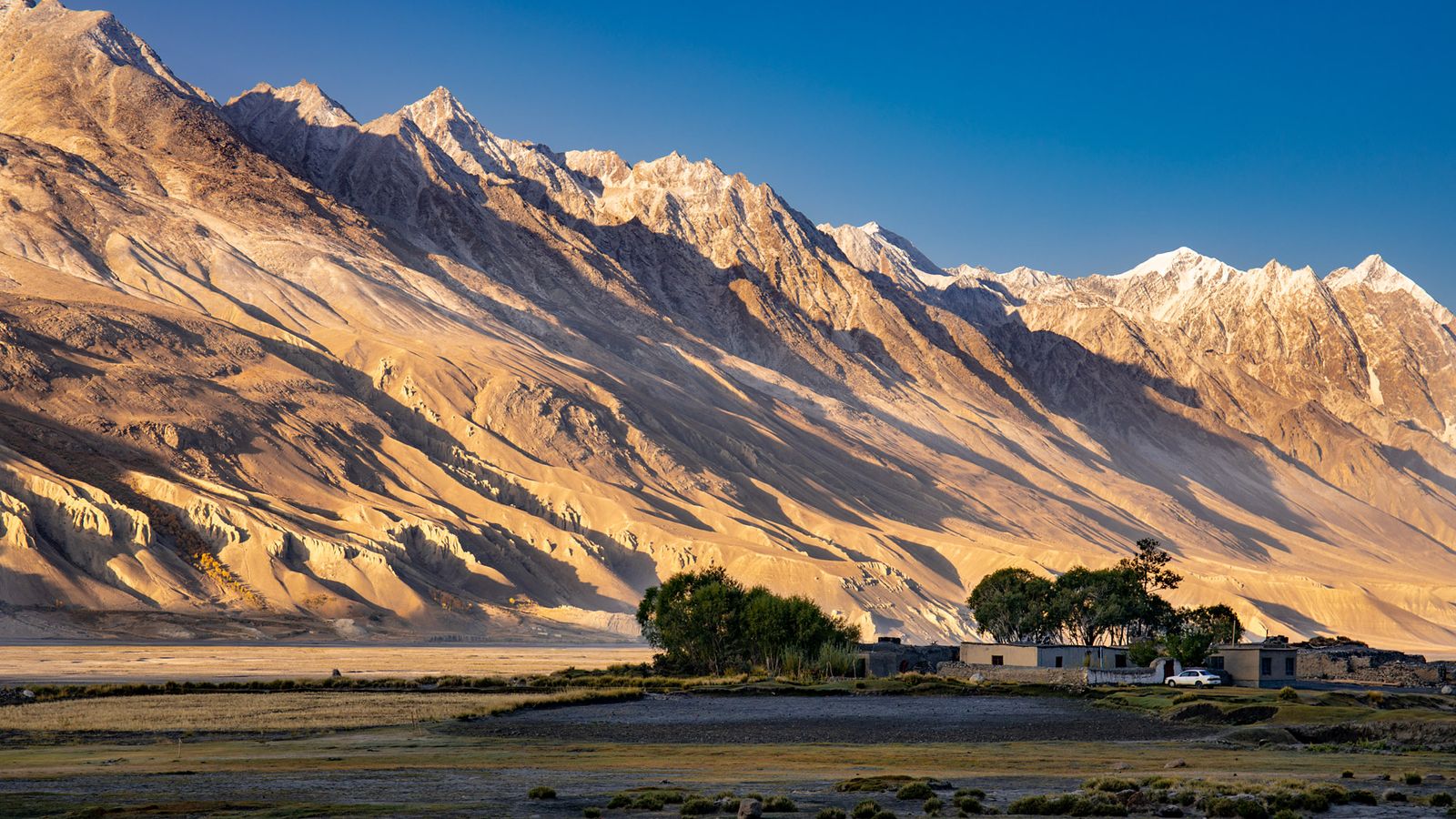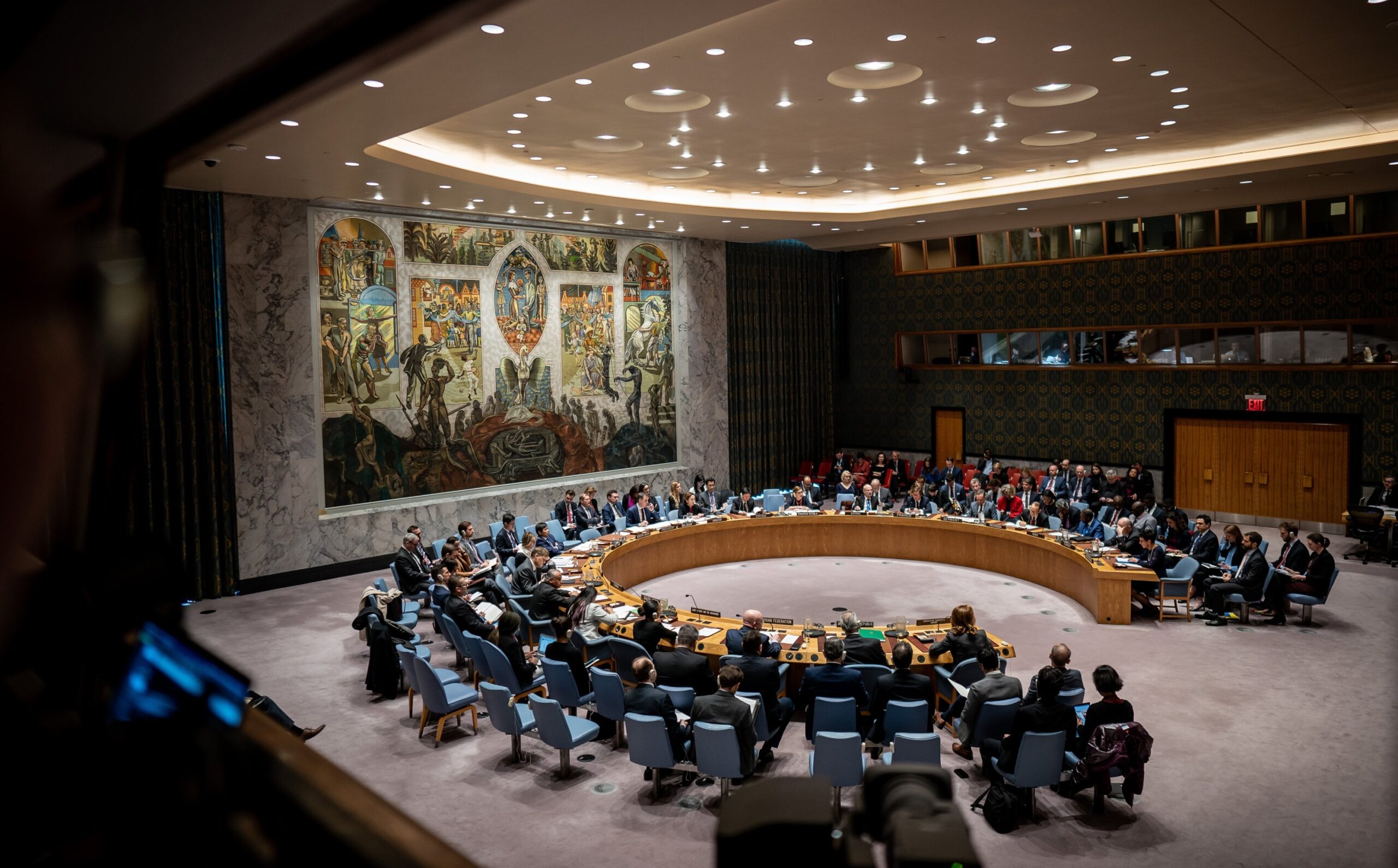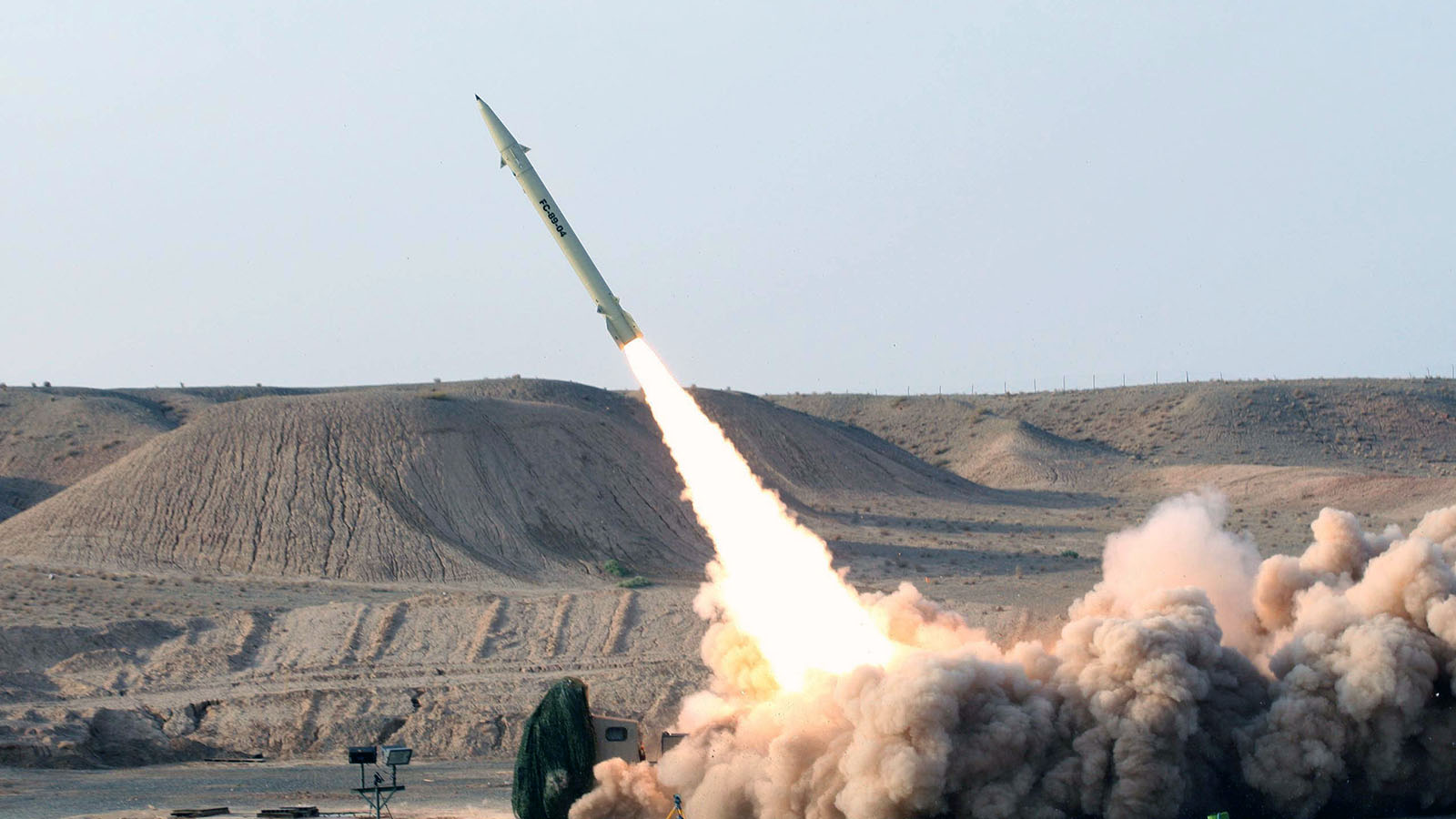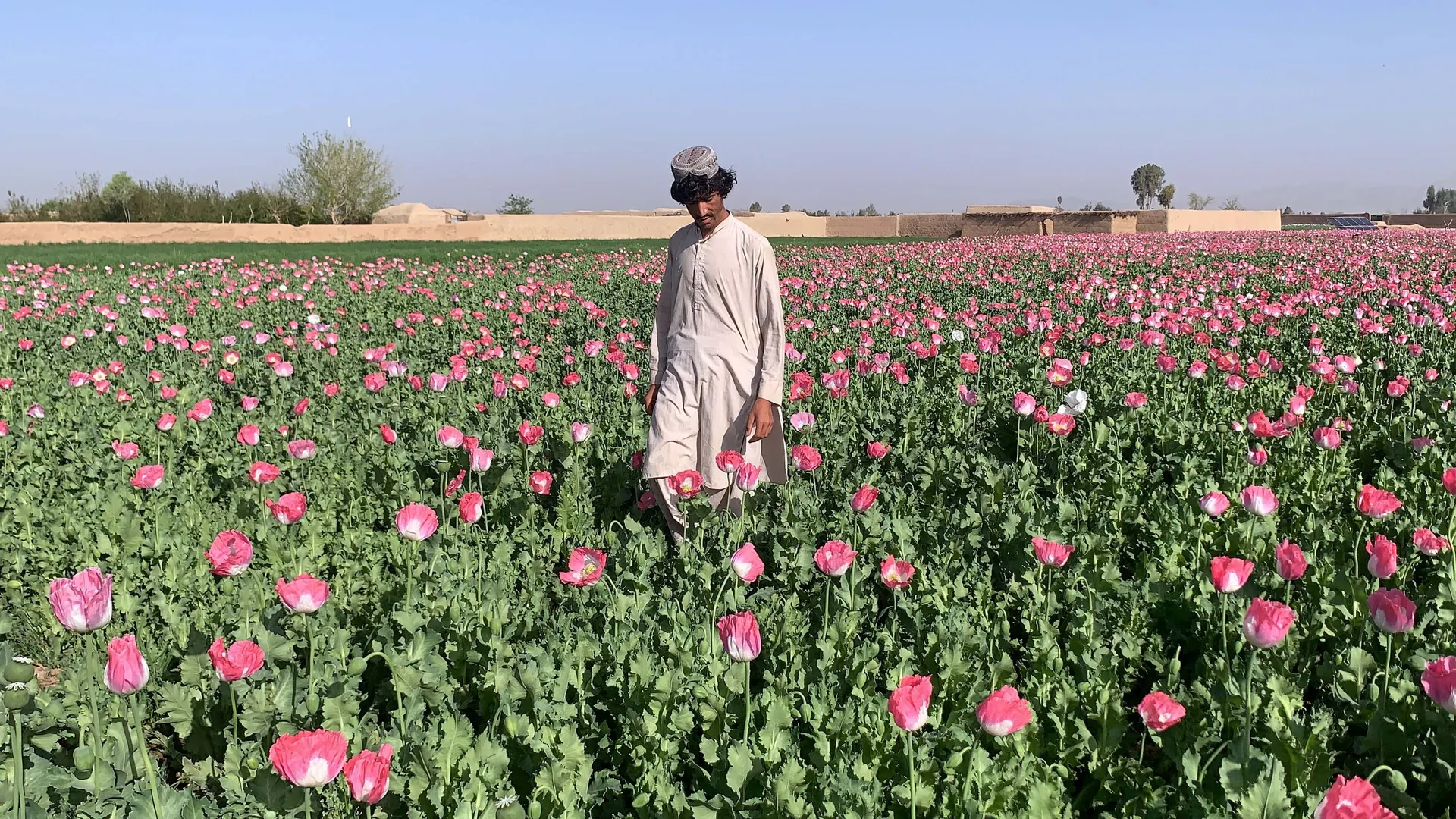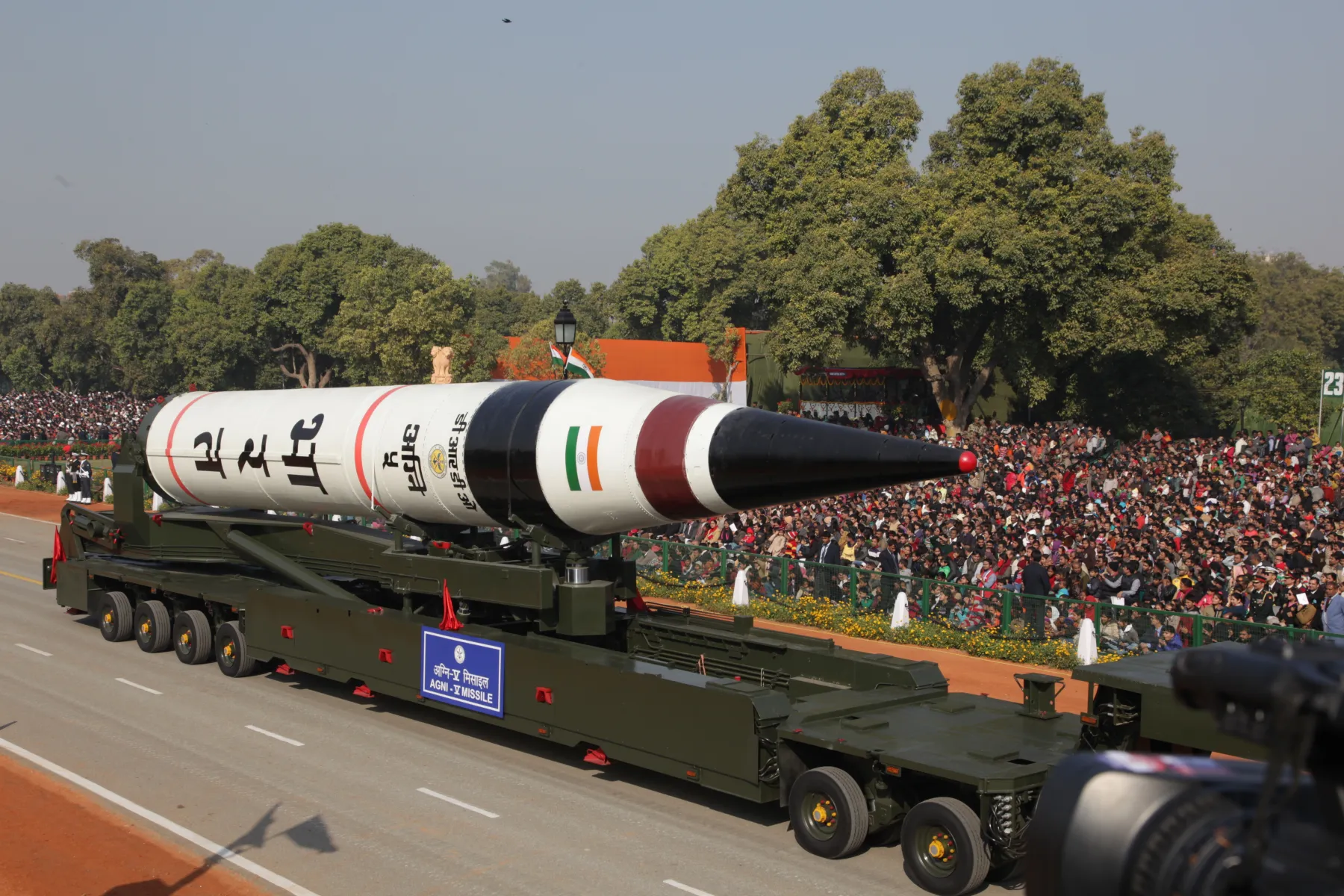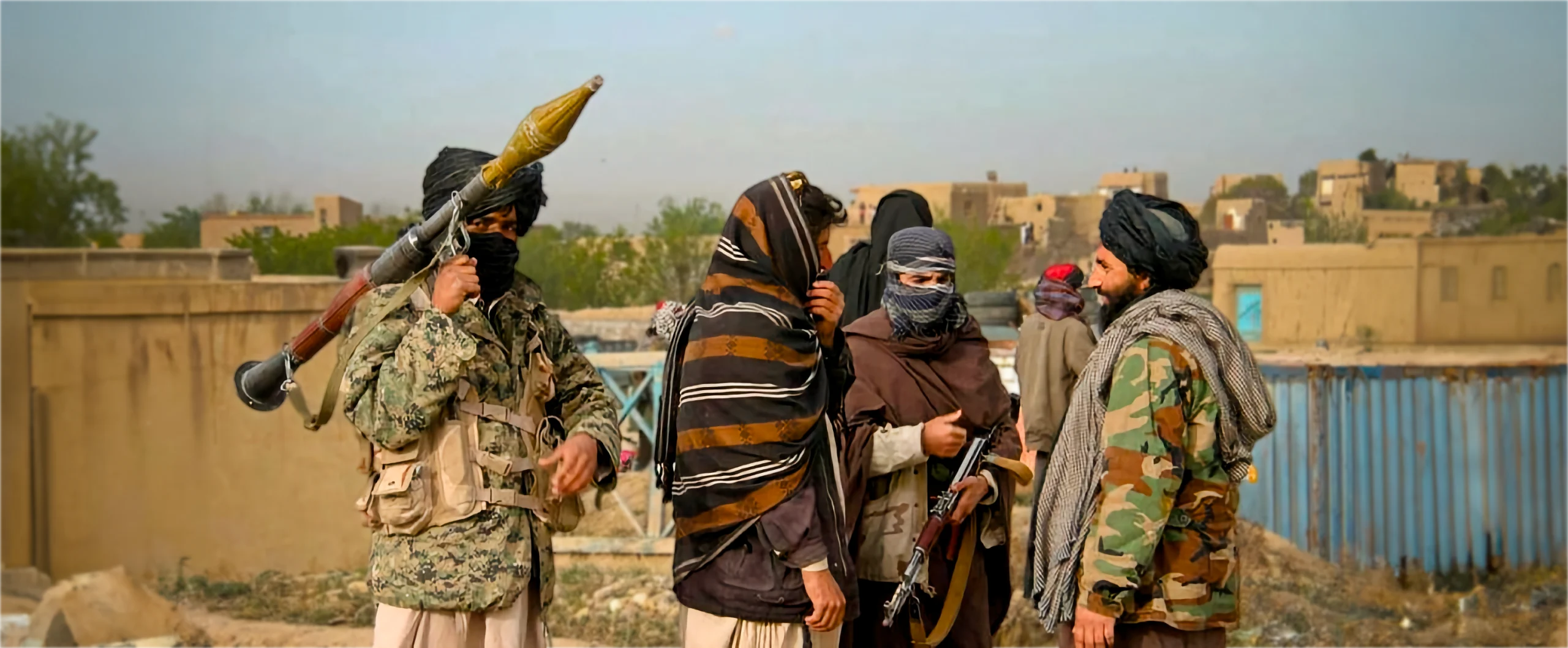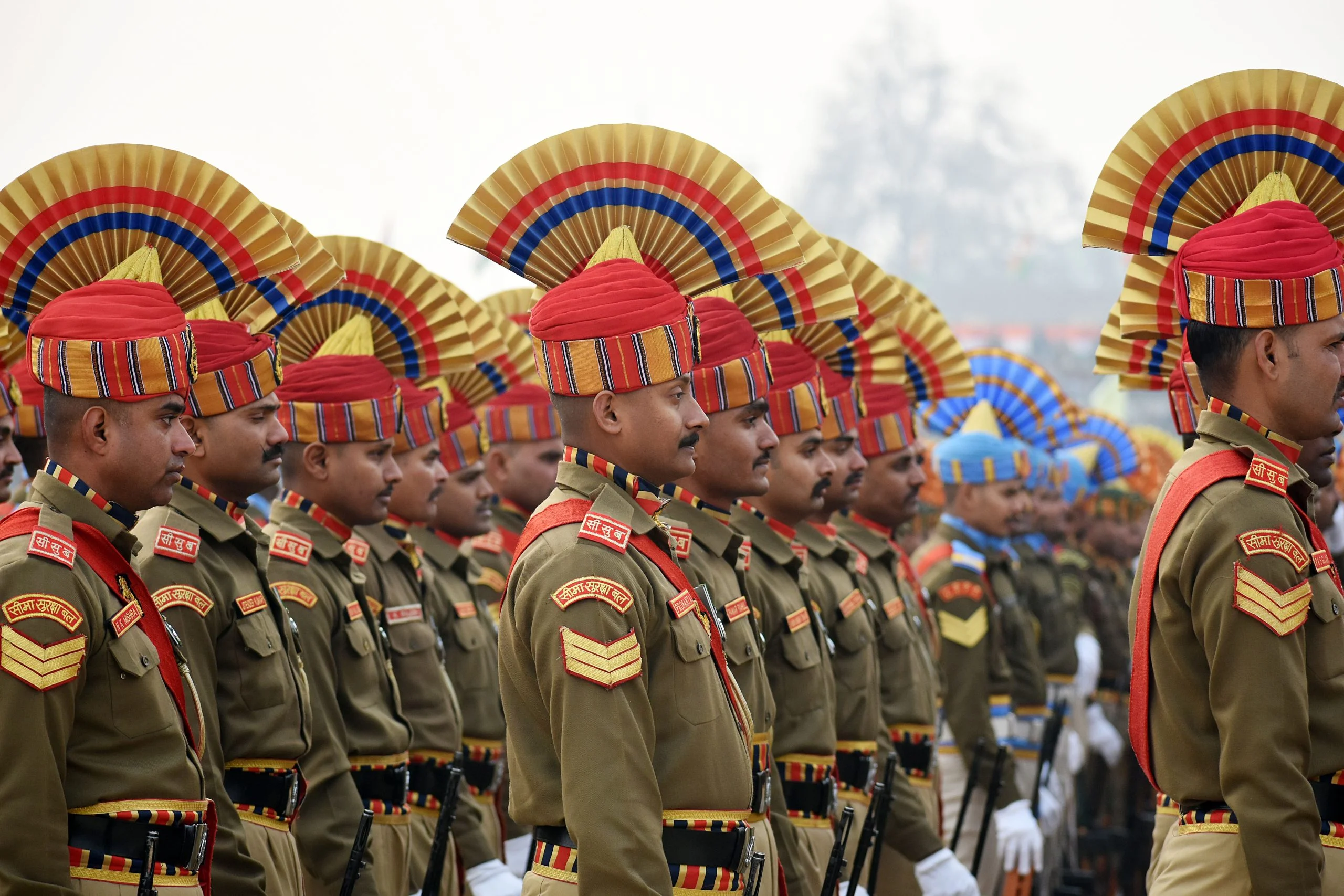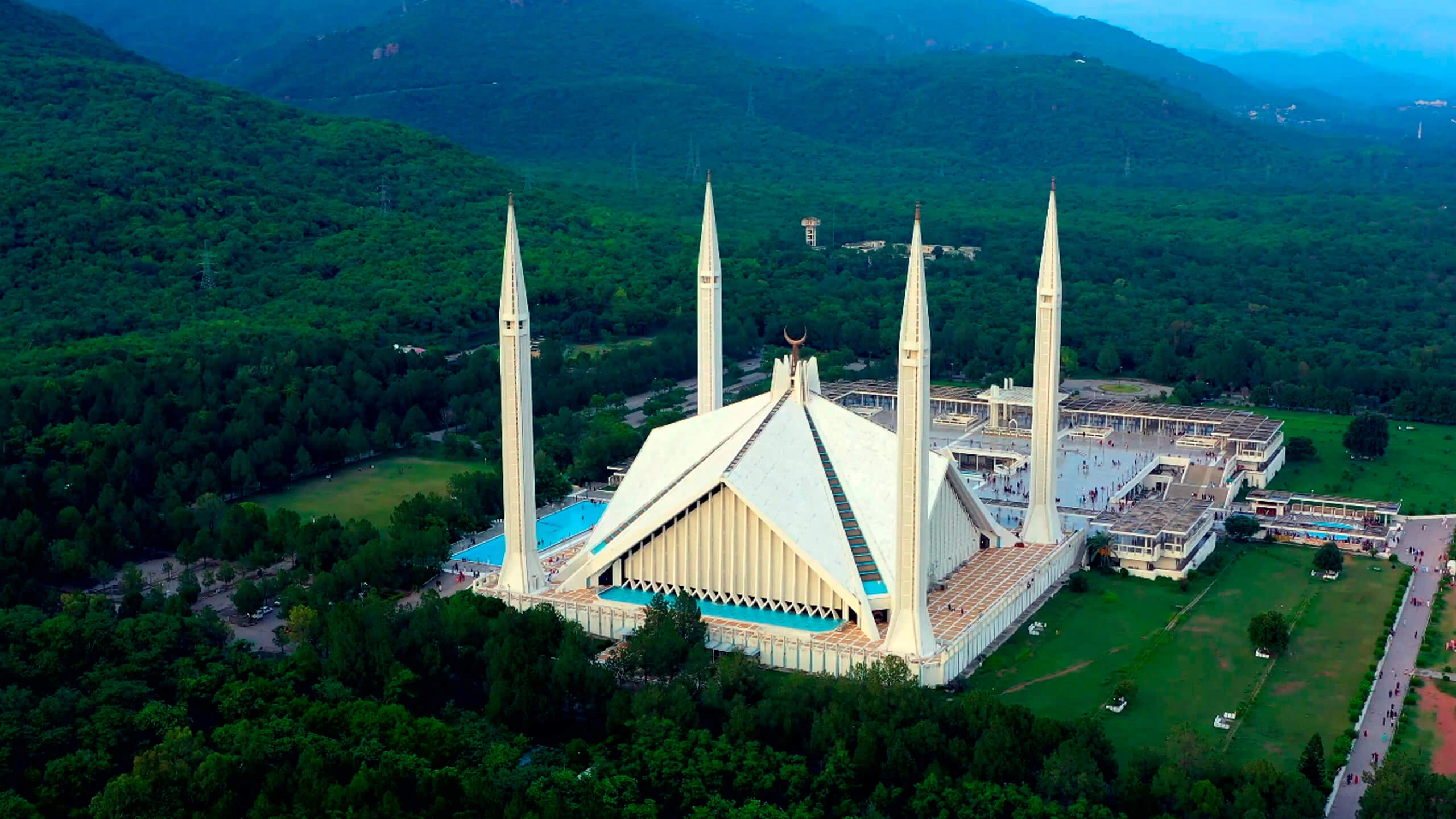
Extremist Rhetoric and Constitutional Reality: The Case of Pakistan’s Islamic Identity
The glorification of militants as martyrs by Mufti Kifayatullah reveals a dangerous narrative that mirrors extremist propaganda. From constitutional consensus to historic fatwas by leading scholars, Pakistan’s religious and political mainstream has repeatedly rejected armed rebellion as un-Islamic. By platforming extremist sympathizers, certain nationalist movements risk legitimizing violence, undermining national sacrifices, and enabling the TTP’s attempt to co-opt Pashtun identity. The path forward lies in constitutionalism, peace, and dialogue—not violence.

